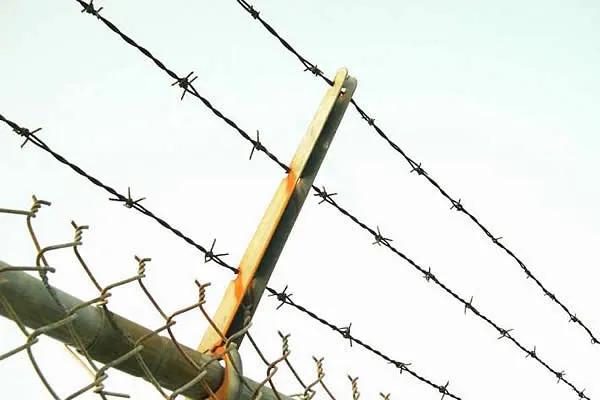 TEL:
+86-13102802206
TEL:
+86-13102802206
 Email:
fencenetting@china.com
Email:
fencenetting@china.com
 Language
Language
 TEL:
+86-13102802206
TEL:
+86-13102802206
 Email:
fencenetting@china.com
Email:
fencenetting@china.com
 Language
Language


Understanding Black Iron Wire Prices Factors and Trends
Black iron wire has become a staple in various industries, from construction and manufacturing to agriculture and crafting. Its versatility, strength, and affordability make it a preferred choice for many applications. However, understanding the pricing dynamics of black iron wire is crucial for businesses and consumers alike. This article delves into the factors influencing black iron wire prices and the current market trends that shape its cost.
What is Black Iron Wire?
Black iron wire is a type of wire that is usually manufactured from low carbon steel. The black in its name comes from the natural dark color of the wire, which results from the manufacturing process. Unlike galvanized wire, black iron wire is not coated with zinc, giving it a distinct appearance and properties. This wire is commonly used to fabricate fences, create ties in construction projects, and even as a component in various crafts.
Key Factors Influencing Prices
1. Raw Material Costs The primary driver of black iron wire prices is the cost of raw materials, primarily steel. Fluctuations in steel prices often reflect broader economic conditions, including demand in the automotive, construction, and manufacturing sectors. As global demand for steel rises or falls, the prices of black iron wire can similarly increase or decrease.
2. Production Techniques The manufacturing process for black iron wire can affect its cost. Different techniques—such as drawing, which thins and lengthens the wire—can lead to variations in product quality and price. More efficient production methods may lead to cost reductions, while outdated practices can drive prices higher.
3. Supply and Demand The balance of supply and demand plays a critical role in determining the price of black iron wire. During economic booms, demand typically increases as construction and manufacturing projects expand. Conversely, during downturns, demand may drop, leading to price reductions. Seasonal variations in demand for agricultural uses can also influence pricing.

4. Overseas Markets Global trade policies and international markets significantly impact black iron wire prices. Tariffs on imported steel or changes in trade agreements can lead to price hikes in domestic markets. Additionally, economic conditions in key exporting countries affect the availability and cost of black iron products.
5. Logistics and Distribution Costs Transportation costs can heavily influence the final price of black iron wire. Rising fuel prices increase shipping expenses, which can be passed on to consumers. Similarly, delays or disruptions in supply chains can lead to shortages, further driving up prices.
6. Regional Variations Prices for black iron wire can vary significantly by region. Factors such as local demand, cost of living, and availability of materials contribute to these differences. Consumers in areas with a higher concentration of manufacturing or construction may face higher prices compared to regions where demand is lower.
Current Market Trends
In recent years, the market for black iron wire has experienced notable shifts. The COVID-19 pandemic initially disrupted supply chains and reduced demand. However, as economies began to recover, there was a surge in demand for construction materials, including black iron wire. This rebound has led to increased prices, which manufacturers and consumers must navigate.
Furthermore, as countries focus on sustainable practices, the steel industry faces pressure to reduce carbon emissions. New production technologies aimed at lowering the environmental impact may initially increase production costs, potentially leading to higher prices for black iron wire until these innovations are fully adopted.
Conclusion
Understanding the pricing of black iron wire is essential for both consumers and businesses involved in construction, manufacturing, and various other sectors. By considering the influence of raw material costs, production techniques, supply and demand dynamics, and global market conditions, stakeholders can make informed purchasing decisions. As market trends continue to evolve, staying updated on these factors will be vital for navigating the fluctuating costs associated with black iron wire. In an ever-changing economic landscape, awareness and adaptability are key to managing expenses effectively.